11 Simple Breathing Exercises That Instantly Relieve Stress
In a world that never seems to pause, where the hustle and bustle of everyday life often overshadow our need for peace, finding moments of tranquility can feel elusive. Stress and anxiety have become common companions, leaving many searching for effective ways to reclaim a sense of calm. Amidst various techniques, breathing exercises emerge as a powerful, accessible tool for fostering serenity. Breathing is an innate function, yet when done with intention, it can transform our mental and physical state. This article explores the art of breathing as a pathway to tranquility, offering 11 simple exercises that promise to melt away stress and guide you to a state of calm. By integrating these practices into your daily routine, you can cultivate a deeper connection with your inner self, finding peace in even the most chaotic moments. As we delve into each exercise, we'll uncover the science behind their effectiveness and provide practical steps to incorporate them into your life.
1. Diaphragmatic Breathing: A Foundation for Calm

Diaphragmatic breathing, also known as abdominal or belly breathing, is a foundational exercise for achieving calm. This technique involves engaging the diaphragm, a large muscle located at the base of the lungs, to take deep, full breaths. Unlike shallow chest breathing, diaphragmatic breathing allows for maximum oxygen intake and efficient expulsion of carbon dioxide. To practice, sit or lie down in a comfortable position and place one hand on your chest and the other on your abdomen. Inhale deeply through your nose, allowing your abdomen to rise as your diaphragm expands. Exhale slowly through your mouth, feeling your abdomen fall. Repeat this cycle for several minutes, focusing on the rise and fall of your abdomen. This exercise not only reduces stress but also improves lung function and enhances emotional regulation. By making diaphragmatic breathing a daily practice, you can build a strong foundation for managing stress and cultivating inner peace.
2. Box Breathing: Balancing Mind and Body

Box breathing, also known as square breathing, is a simple yet powerful technique for balancing the mind and body. This exercise involves inhaling, holding the breath, exhaling, and holding again, each for an equal count. Box breathing is often used by athletes and military personnel to maintain focus and composure under pressure. To practice, sit comfortably with your back straight. Inhale through your nose for a count of four, hold your breath for a count of four, exhale through your mouth for a count of four, and hold again for a count of four. Repeat this cycle for several minutes, visualizing a box as you breathe. Box breathing helps regulate the autonomic nervous system, reducing stress and promoting mental clarity. By incorporating this technique into your routine, you can enhance your ability to remain calm and centered in challenging situations.
3. The 4-7-8 Breathing Technique: A Gateway to Relaxation
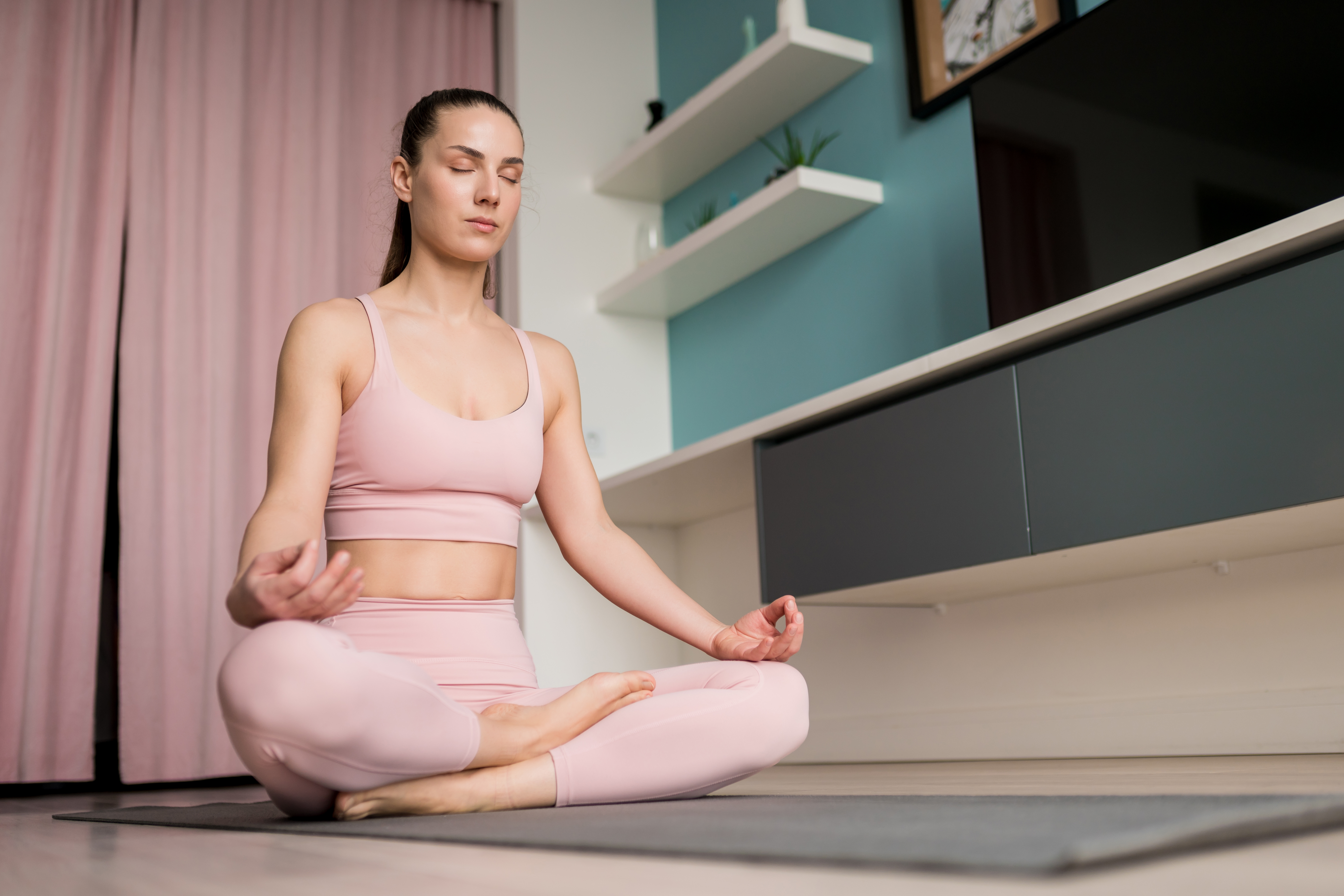
The 4-7-8 breathing technique, popularized by Dr. Andrew Weil, is a gateway to relaxation and stress reduction. This exercise involves inhaling for four counts, holding the breath for seven counts, and exhaling for eight counts. The extended exhalation promotes the release of tension and encourages a state of deep relaxation. To practice, sit or lie down in a comfortable position. Inhale quietly through your nose for a count of four, hold your breath for a count of seven, and exhale completely through your mouth for a count of eight. Repeat this cycle four times, gradually increasing the number of repetitions as you become more comfortable. The 4-7-8 technique is particularly effective for calming the mind before sleep, making it a valuable tool for those struggling with insomnia or anxiety. By integrating this practice into your evening routine, you can create a peaceful transition from wakefulness to rest.
4. Alternate Nostril Breathing: Harmonizing Energy
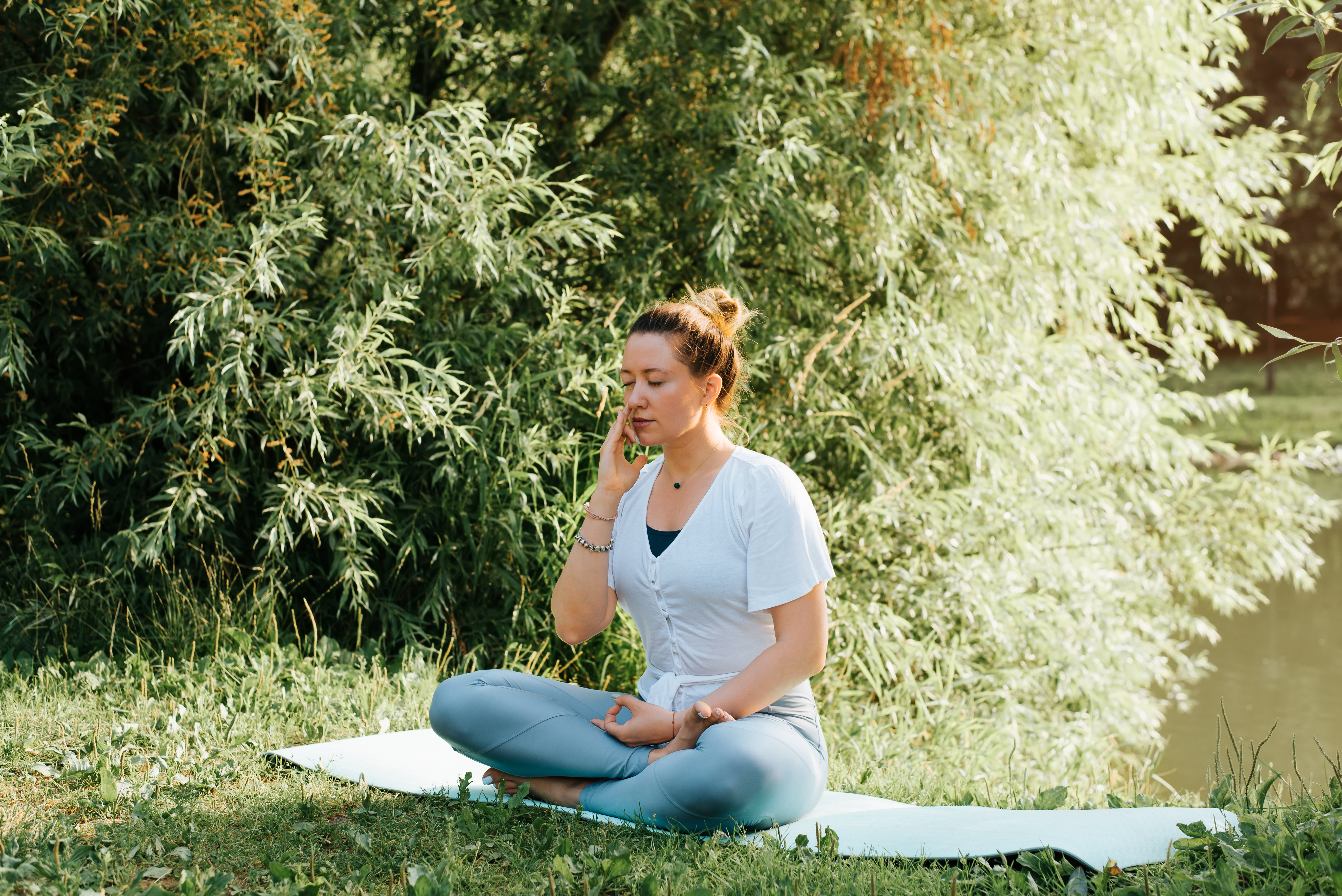
Alternate nostril breathing, or Nadi Shodhana, is a traditional yogic practice that harmonizes energy and promotes balance. This technique involves breathing through one nostril at a time, alternating between the left and right nostrils. To practice, sit comfortably with your spine straight. Close your right nostril with your right thumb and inhale deeply through your left nostril. Close your left nostril with your right ring finger, release your right nostril, and exhale through it. Inhale through the right nostril, close it, release the left nostril, and exhale through it. Continue this pattern for several minutes, focusing on the flow of breath. Alternate nostril breathing is believed to balance the left and right hemispheres of the brain, enhancing mental clarity and emotional stability. By incorporating this practice into your daily routine, you can cultivate a sense of harmony and equilibrium in your life.
5. Resonant Breathing: Synchronizing with Nature

Resonant breathing, also known as coherent breathing, involves breathing at a rate of five to six breaths per minute, which is considered optimal for synchronizing with the body's natural rhythms. This technique promotes heart rate variability, a key indicator of stress resilience and overall health. To practice resonant breathing, sit or lie down in a comfortable position. Inhale slowly through your nose for a count of six, and exhale gently for a count of six. Continue this pattern for several minutes, allowing your breath to become smooth and rhythmic. Resonant breathing can be enhanced by imagining a peaceful scene or listening to calming music. This practice not only reduces stress but also enhances emotional regulation and cognitive function. By aligning your breath with the natural rhythms of your body, you can create a profound sense of tranquility and connection with the world around you.
6. Lion’s Breath: Releasing Tension and Inviting Joy

Lion’s Breath, or Simhasana, is a dynamic breathing exercise that releases tension and invites a sense of joy and playfulness. This technique involves a forceful exhalation, accompanied by a wide-open mouth and extended tongue, resembling a lion’s roar. To practice, sit comfortably with your spine straight. Inhale deeply through your nose, then open your mouth wide, stick out your tongue, and exhale forcefully, making a "ha" sound. Repeat this process several times, allowing yourself to fully engage with the exercise. Lion’s Breath is particularly effective for releasing pent-up emotions and stress, promoting a sense of liberation and lightness. By incorporating this practice into your routine, you can tap into your inner strength and vitality, approaching life with renewed enthusiasm and confidence.
7. Humming Bee Breath: Cultivating Inner Peace
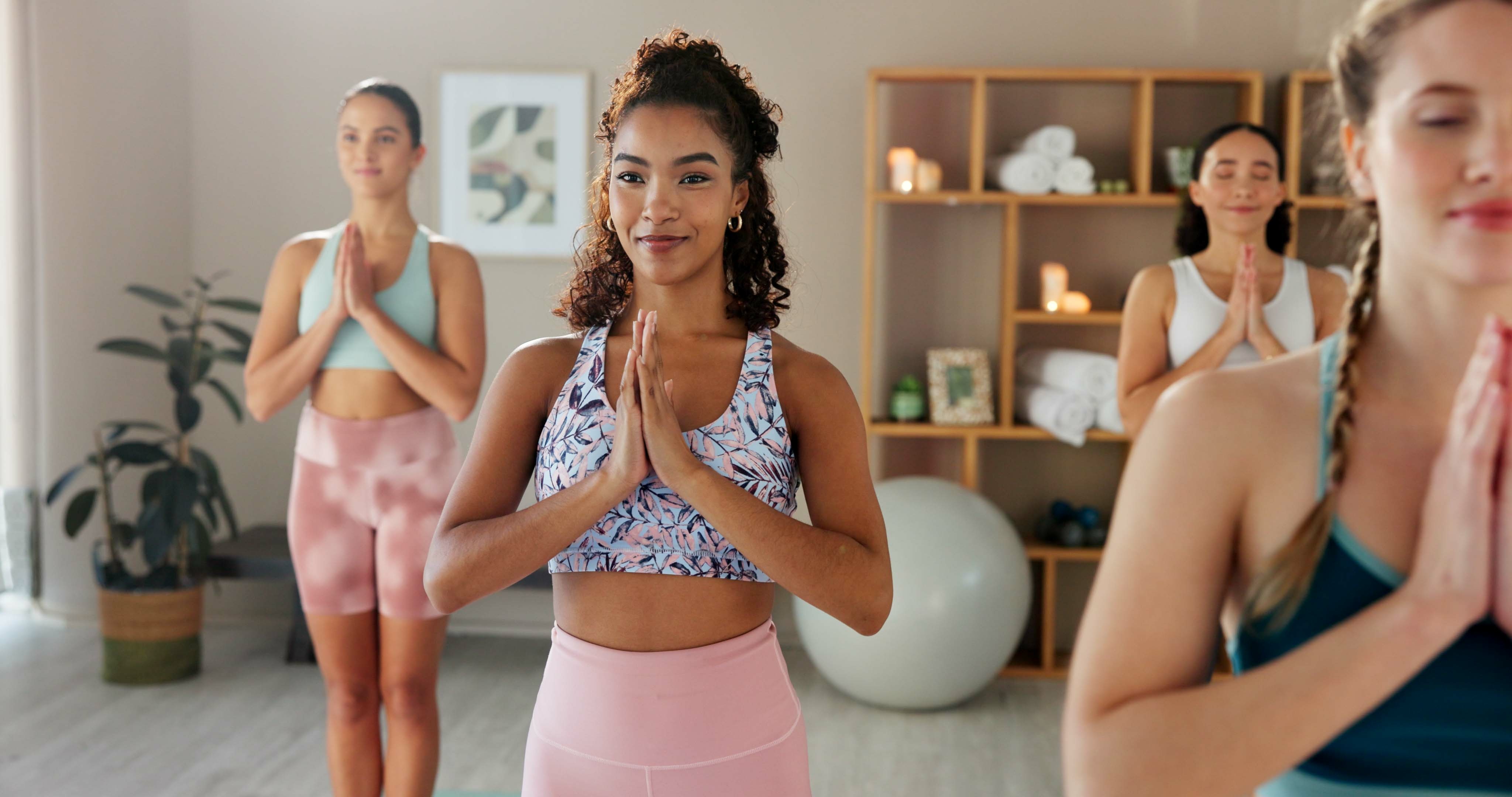
Humming Bee Breath, or Bhramari Pranayama, is a soothing breathing technique that cultivates inner peace and tranquility. This exercise involves making a gentle humming sound during exhalation, which creates vibrations that calm the mind and nervous system. To practice, sit comfortably with your eyes closed. Inhale deeply through your nose, then exhale slowly while making a humming sound, like the gentle buzz of a bee. Focus on the vibrations in your head and chest, allowing them to resonate throughout your body. Repeat this process several times, immersing yourself in the calming sensations. Humming Bee Breath is particularly effective for reducing anxiety and enhancing concentration. By integrating this practice into your daily routine, you can create a sanctuary of peace within yourself, navigating life’s challenges with grace and ease.
8. Progressive Relaxation Breathing: Releasing Stress
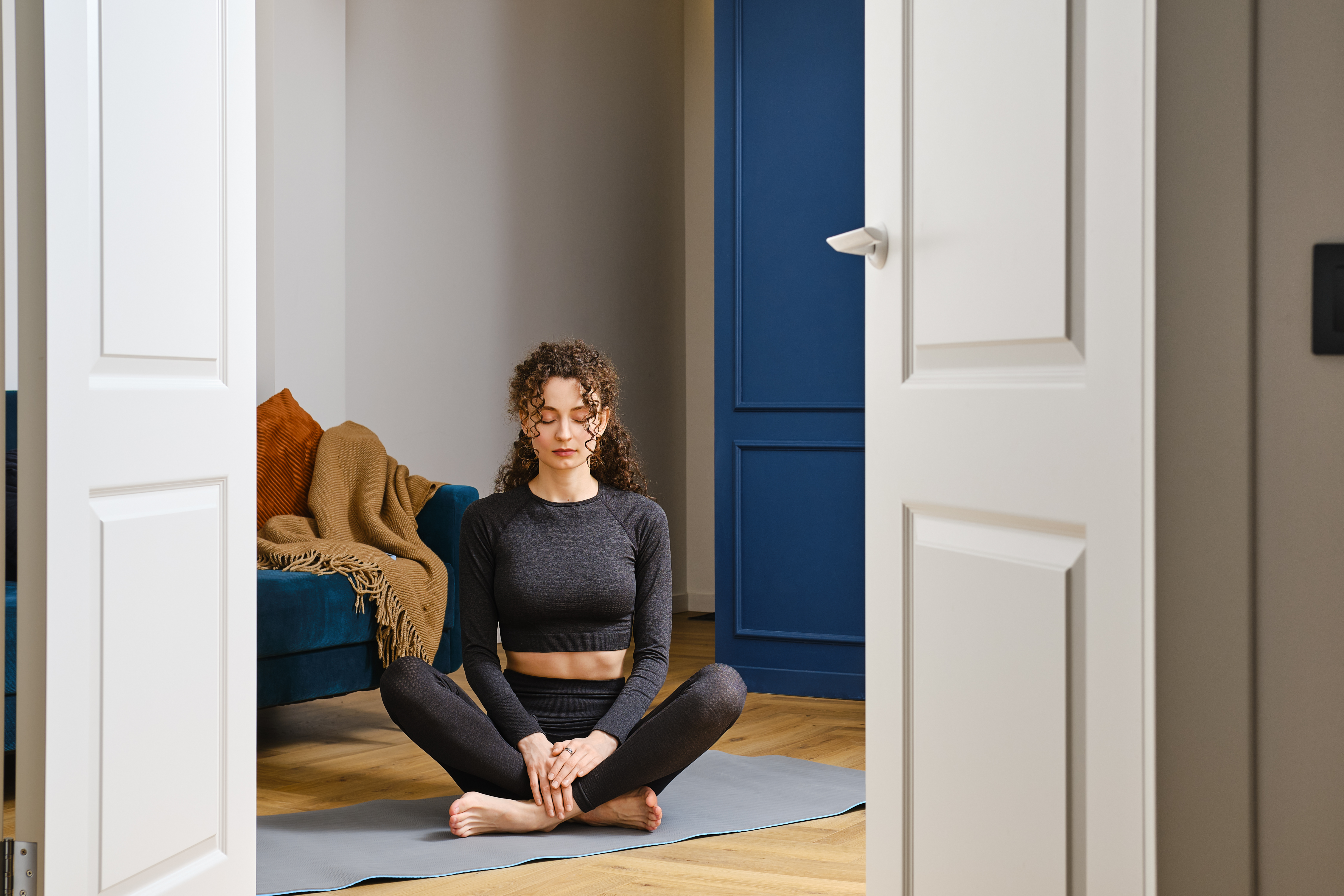
Progressive relaxation breathing combines deep breathing with muscle relaxation to release stress and tension from the body. This technique involves tensing and relaxing different muscle groups while focusing on the breath. To practice, sit or lie down in a comfortable position. Inhale deeply, and as you do, tense a specific muscle group, such as your shoulders or legs. Hold the tension for a few seconds, then exhale slowly, releasing the tension and relaxing the muscles. Move through each muscle group, from head to toe, focusing on the sensations of relaxation. Progressive relaxation breathing not only reduces physical tension but also enhances body awareness and emotional regulation. By incorporating this practice into your routine, you can cultivate a state of deep relaxation and stress relief, fostering a sense of peace and well-being.
9. Visualizing with the Breath: Creating a Sanctuary of Calm
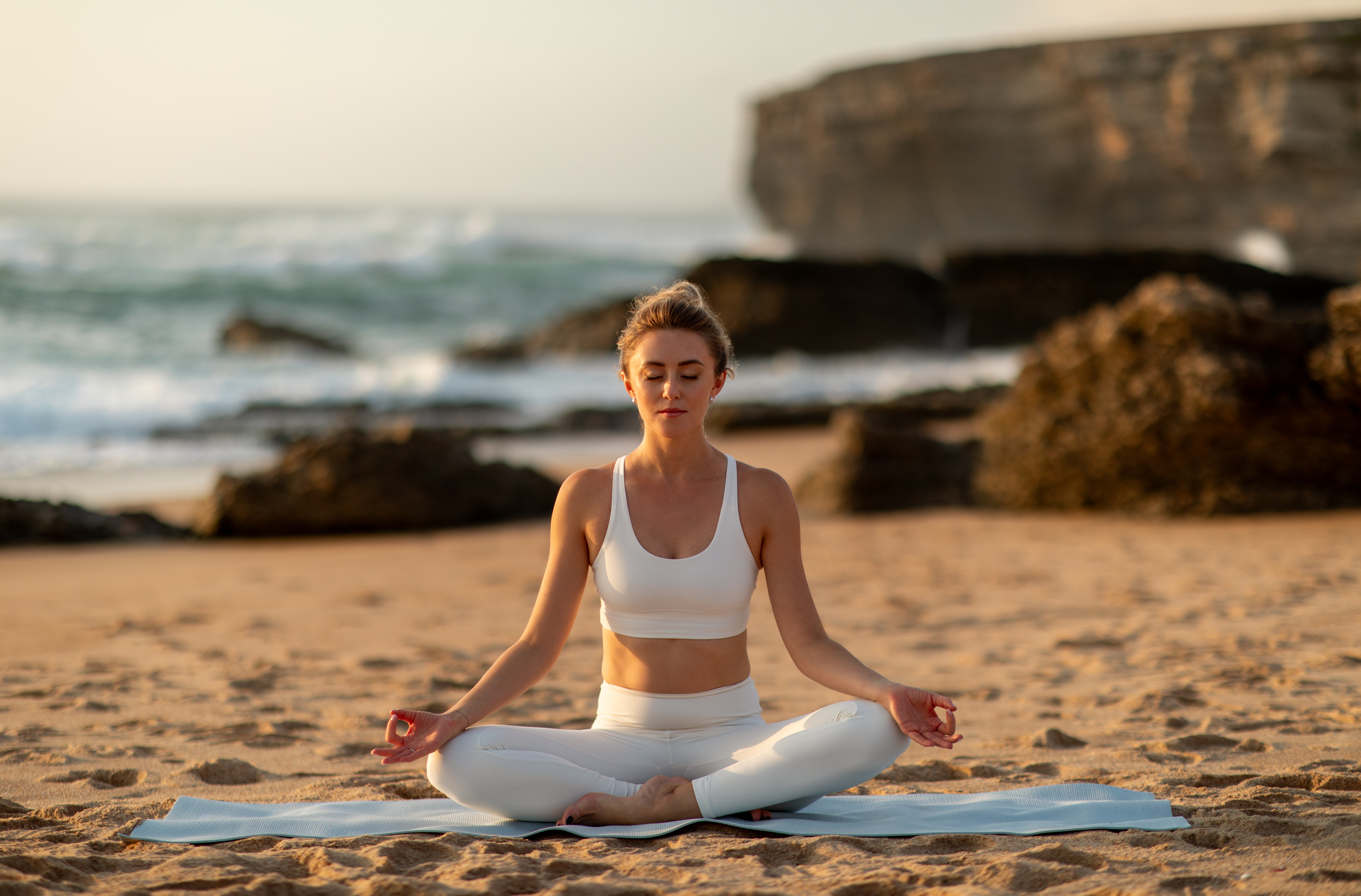
Visualization, when combined with breathing exercises, can create a powerful sanctuary of calm and serenity. This technique involves using the imagination to visualize peaceful scenes or experiences while focusing on the breath. To practice, sit or lie down in a comfortable position. Close your eyes and take several deep breaths, allowing your body to relax. As you continue to breathe deeply, imagine a place where you feel completely at peace, such as a beach, forest, or garden. Visualize the sights, sounds, and sensations of this place, immersing yourself in the experience. Allow your breath to synchronize with the rhythm of this peaceful scene, enhancing your sense of calm. Visualization with the breath not only reduces stress but also enhances creativity and emotional resilience. By creating a mental sanctuary, you can access a source of inner peace and strength, navigating life’s challenges with confidence and grace.
10. Integrating Breathing Exercises into Daily Life

The true power of breathing exercises lies in their integration into daily life. By incorporating these practices into your routine, you can create a foundation of calm and resilience that supports your overall well-being. Begin by setting aside a few minutes each day for focused breathing, whether in the morning to start your day with clarity, during a midday break to recharge, or in the evening to unwind. Consider pairing breathing exercises with other mindfulness practices, such as meditation or yoga, to enhance their benefits. Additionally, use these techniques as a tool for managing stress in real-time, whether during a challenging meeting, before a presentation, or in moments of conflict. By making breathing exercises a regular part of your life, you can cultivate a sense of tranquility and balance that supports your mental, emotional, and physical health.
11. Ocean Breathing: Connecting with the Waves Within

Ocean breathing, also known as Ujjayi Pranayama or "Victorious Breath," is a calming technique rooted in yoga practice. It mimics the soothing sound of ocean waves, promoting deep relaxation and focus. To practice, sit comfortably and close your mouth. Inhale deeply through your nose, slightly constricting the back of your throat to create a soft, whisper-like sound. Exhale through your nose with the same throat constriction, maintaining the gentle ocean-like sound throughout. This rhythmic breathing soothes the nervous system, reduces stress, and enhances concentration. The audible breath also anchors the mind, making it a valuable tool during meditation or yoga. Additionally, Ujjayi breathing increases oxygen intake, promoting a sense of vitality and balance. By incorporating this ocean-inspired technique into your routine, you can foster a deep connection to your inner calm, letting the waves of your breath wash away tension and stress.
Embracing Tranquility Through Breath

As we conclude this exploration of breathing exercises, it becomes clear that the breath is a powerful ally in our quest for tranquility. These 11 simple techniques offer a pathway to serenity, allowing us to navigate the complexities of life with grace and ease. By embracing the art of breathing, we can transform our relationship with stress, cultivating a sense of calm that permeates every aspect of our being. As you embark on this journey, remember that the breath is always available, a constant source of support and strength. By integrating these practices into your daily life, you can create a sanctuary of peace within yourself, accessing a wellspring of tranquility that guides you through life’s challenges. Embrace the power of your breath and discover the profound sense of calm that awaits.